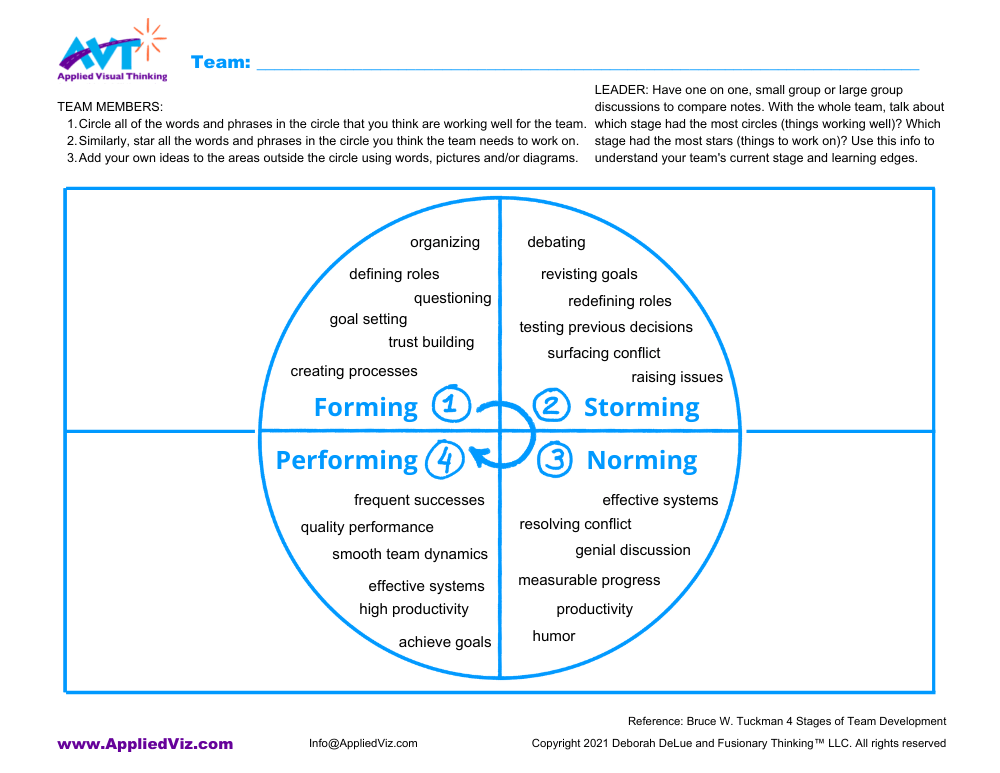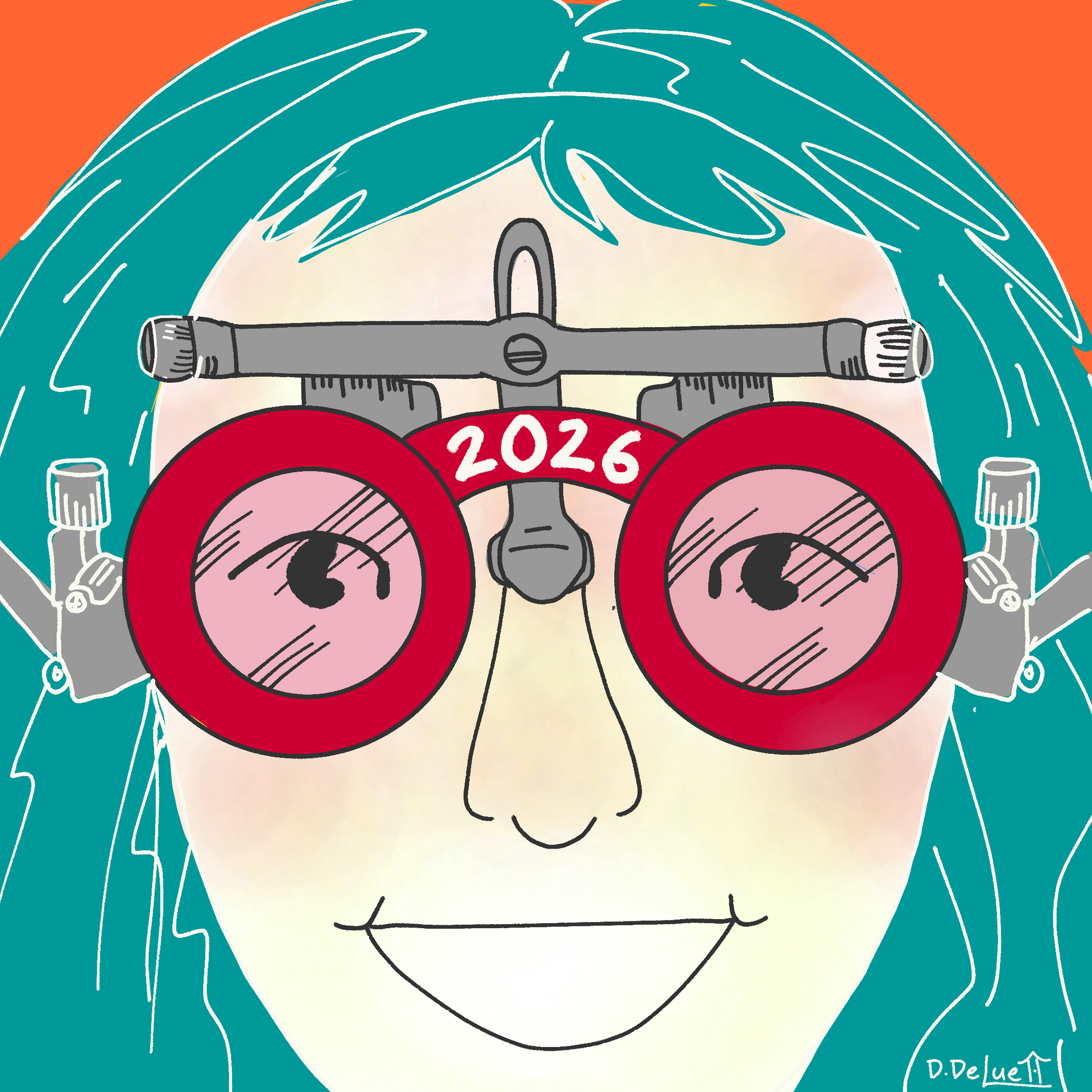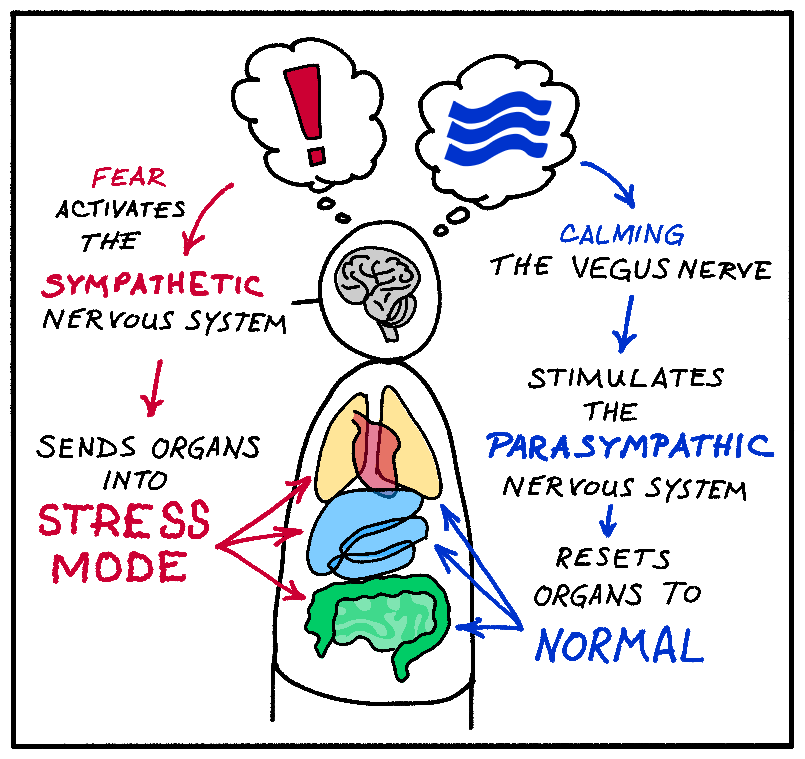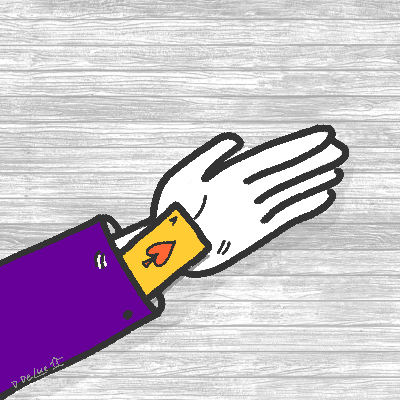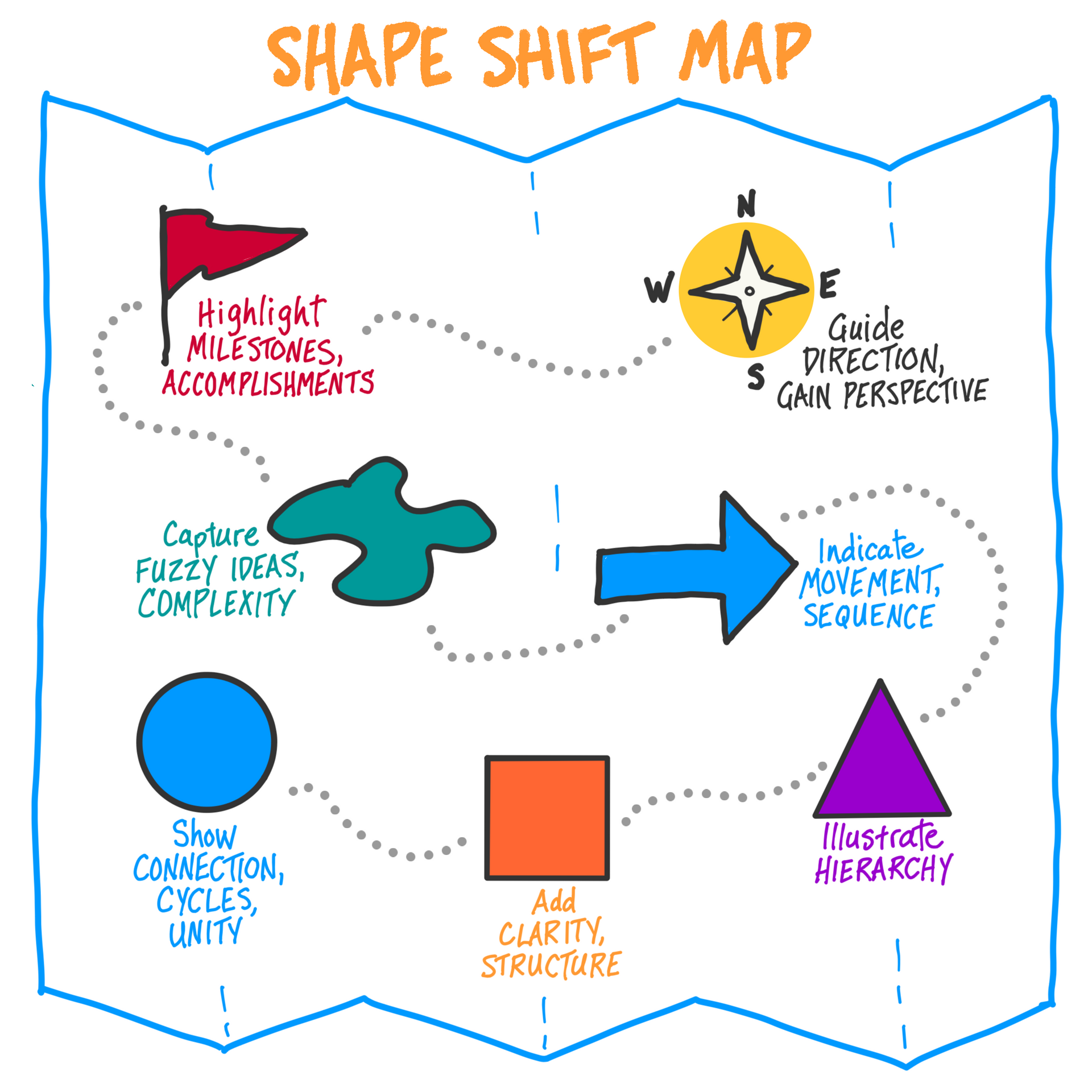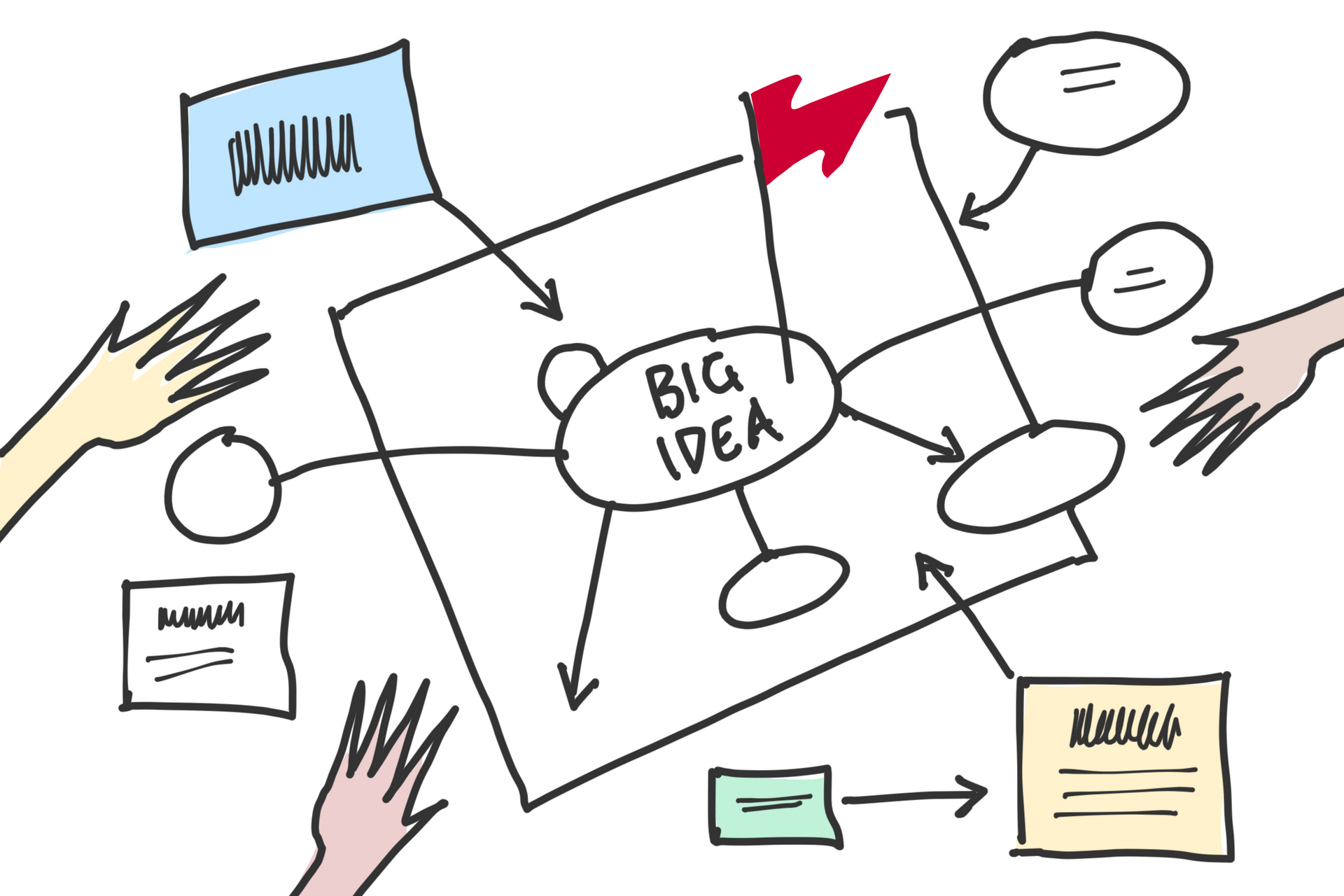Visual Thinking is a Team Sport
The Art of Applied Visual Thinking
Taking a team from new to noteworthy is hard. Using visuals can help, because
Visual Thinking is a Team Sport
How does working visually help teams perform better? There are many answers to this question, but here are a few of my favorite ways.
Flip to the same page quicker. In the fast pace of today’s workplace, the more readily people understand each other, the faster they can reach consensus. Who doesn’t love the quick, efficient meeting, right?
Minimal translation needed. Diagramming an idea lets everyone see what’s on your mind… and his mind, and hers, and theirs, too. Is your team international? Visual thinking is a language as ancient as early man. No matter what cultures are on your team, visuals aide communication.
Everyone has a say. Well-balanced teams have a mix of personality types, expertise and perspectives. Some team members may be too introverted to speak up or reluctant to ask questions for fear of sounding ignorant or sparking controversy. Testing and questioning, however, are vital to the success of any project. How, then, can you make sure all those voices are heard? Build in time for reflection and silent methods for people to provide their input in addition to verbal conversation.
But how do I start?
If you've ever tried to start a new team from scratch, you may have been surprised to discover that it didn't happen as smoothly as expected. If you were expecting everyone to simply focus on the goal, you may have learned that this is not enough to get everybody working together in sync. Whether your goal is winning the game, accomplishing the task, or finishing the project, it is helpful to know about the common stages that most teams go through before hitting their stride and achieving maximum efficiency.
Bruce W. Tuckman created the most commonly used framework in the mid-1960s. He names the stages Forming, Storming, Norming and Performing. Some also like to consider an Ending stage before the team disbands or moves on to the next goal. Here are the stages of team development represented visually.
Let's look at each of these stages of team development, then see how you can use a visual template as a discussion starter for your group. These stages should not be used to judge your team, but rather to check in to where your team might find itself at a particular moment with regard to a current goal.
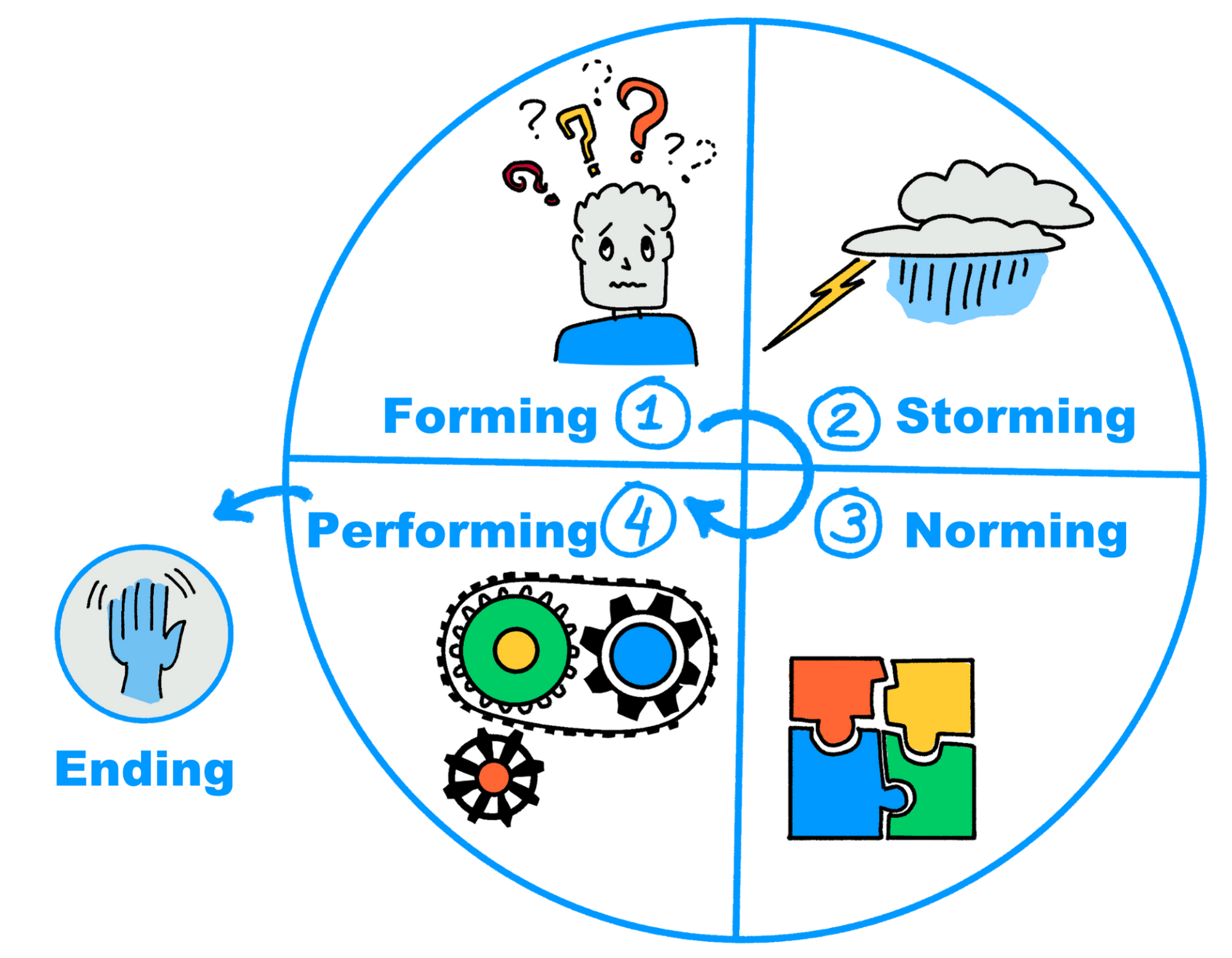
Tuckman 4 Stages of Team Development + Ending
- Forming. New team members will have lots of questions about what the group is tasked with, how they will organize to get the work done, and their roles, to name a few. Anticipating many of these questions in advance and designing a thoughtful project kickoff can head off many issues before they arise. Building trust is essential during this phase.
- Storming. As team members become more comfortable with each other, they may also become more vocal about issues, questions about goals or roles, or conflicts that surface. This is when team trust will be tested. The team may need to revisit goals, roles, tasks, and/or timing to get the project back on track.
- Norming. In this phase, the team seems to find a rhythm to working together. The tone of discussions and conflict resolution generally shifts to productive and jovial. Seeing measurable progress fuels productivity.
- Performing. Once the team reaches the performing stage, productivity is high and the team truly enjoys working together. Recognizing and celebrating successes becomes a regular occurrence. The team may even be asked to document what works for them in order to inspire others. Remaining at this level requires an ongoing commitment to incremental improvement and learning and a periodic revisiting of norms and goals. The team needs to be prepared to revisit earlier stages.
Ending. Teams that have completed their goal may need to move on to a new project. In this case, marking this closure is important. A team member moving on may also prompt a need for some kind of honoring of the team as it was, and an honest conversation about the changes to come.
Download the free AVT Team Development Template to kick off a team discussion.
- Have each team member independently circle all of the words and phrases in the circle that they think are working well for the team.
- Similarly, ask team members to star all the words and phrases they think the team needs to work on.
- They can also add their own ideas to the areas outside the circle using words, images and/or diagrams.
- Depending on the size of your group, have one on one, small group or large group discussions to compare notes.
- In an all-team discussion, talk about which stage had the most circles (things working well)? Which stage had the most stars (things to work on)? This data may indicate where your team is in the development cycle and identify its current learning edges.
Keep in mind that all human development, both individually and within groups, is not a linear path. There may be moments of going forward, then back, such as when a new person joins a team or a new system is introduced. At these points, the group may find itself in an earlier stage until the new person or system is folded into the team's revised norms. Using visuals can help communicate team structures, systems and roles quickly and effectively.
Want to start a conversation with your team about your growth curve?
Grab your copy of the free AVT Team Development Template and pass it around.
Want to learn more?
Our AVT for INNOVATION course is designed to give you and your teams easy-to-learn, fast-to- implement visual tools to quickly innovate your products, goods, or services.New Paragraph


